10 Natural Pain Relief Remedies Every Boomer Should Know
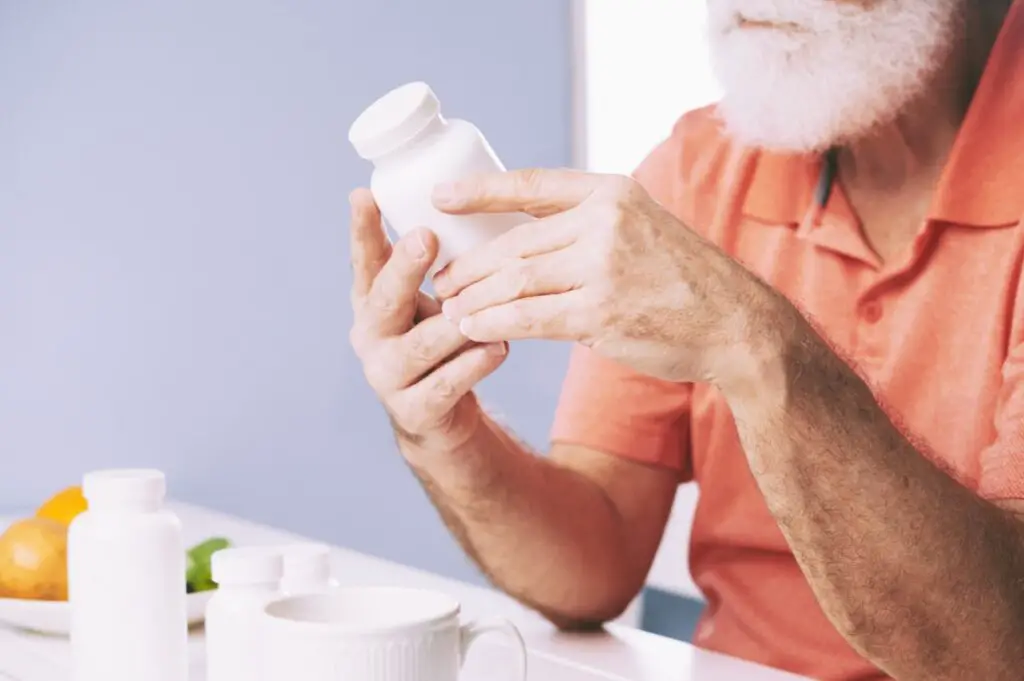
Let’s face it—getting older comes with a few “surprises” we didn’t exactly sign up for. Stiff knees when you get out of bed, a backache that flares up after gardening, or muscles that protest after a walk around the block. Sound familiar? For many baby boomers, those nagging aches can feel like that one guest who shows up early, overstays their welcome, and never takes the hint.
But here’s the encouraging part: you don’t need to rely solely on prescription pills to feel better. In fact, there are plenty of natural, proven ways to ease everyday pain—methods that are gentle on your body, easy on your wallet, and simple enough to fit into your daily routine.
From time-tested home remedies to smart lifestyle tweaks backed by research, these ten strategies offer real relief. Whether you’re managing arthritis, battling back pain, or just trying to shake off the soreness that comes with the territory of aging, these tips will help you feel more like yourself—and get back to doing the things you love.
1. Heat and Ice Therapy
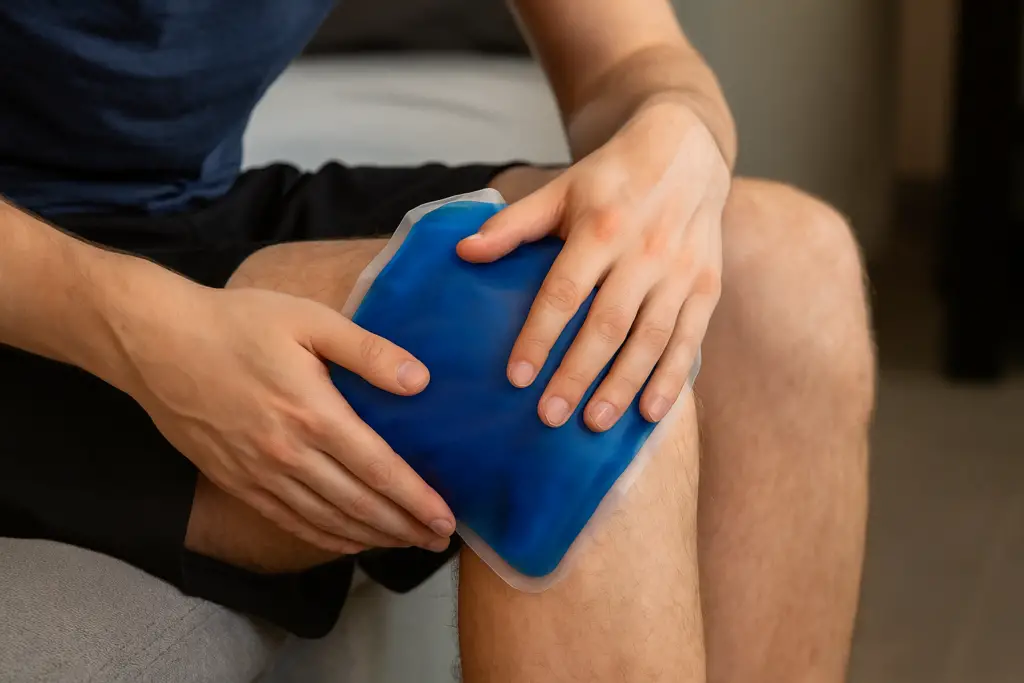
Sometimes the simplest remedies work the best. Applying heat or cold can make a big difference when pain flares up. Ice is best for reducing inflammation and numbing sore areas, especially if you are dealing with a recent injury. Heat, on the other hand, soothes stiff muscles and improves circulation, making it ideal for arthritis or lingering aches.
To use this method, apply an ice pack wrapped in a cloth for up to 20 minutes, especially after activity that causes swelling. For stiffness, use a warm compress, heating pad, or even a warm shower. Many boomers find that alternating between the two offers the best relief without needing to pop a pill.
2. Gentle Exercise and Walking
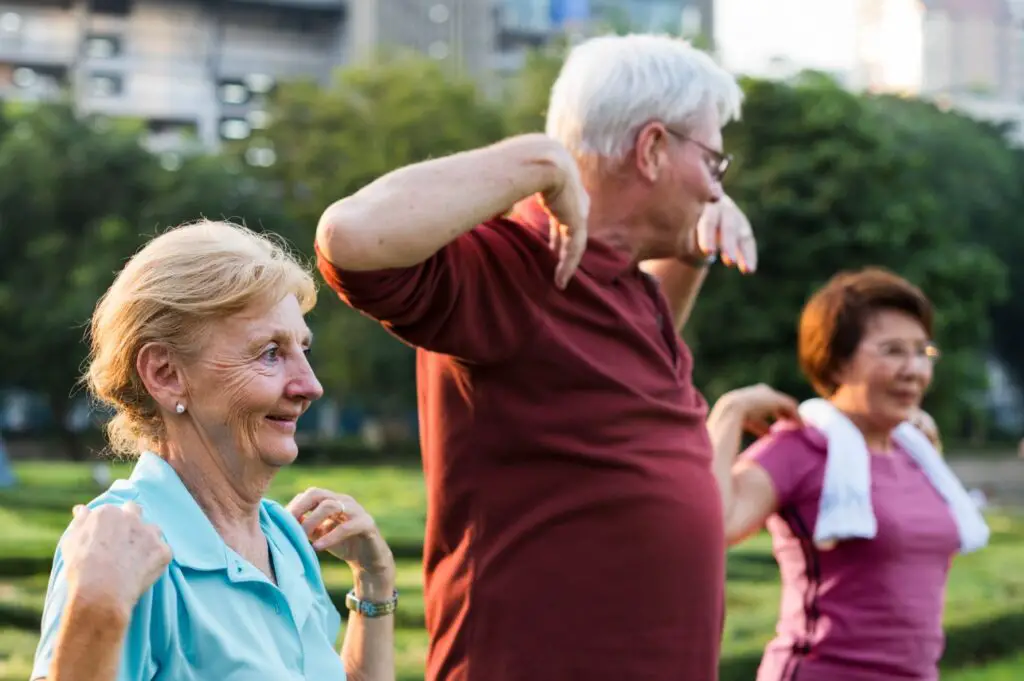
It may sound counterintuitive, but moving more often can actually reduce pain. Gentle exercise helps fight inflammation, increases mobility, and boosts your body’s natural painkillers—endorphins. Walking is one of the easiest and most accessible activities for boomers, requiring no equipment beyond a good pair of shoes.
Aim for 20 to 30 minutes of walking most days of the week, or try low-impact options like swimming or cycling. If that feels overwhelming, start small with 10 minutes a day and work your way up. Even simple chair exercises or stretches count. The key is to move consistently and avoid long periods of sitting.
3. Stretching and Gentle Yoga or Tai Chi
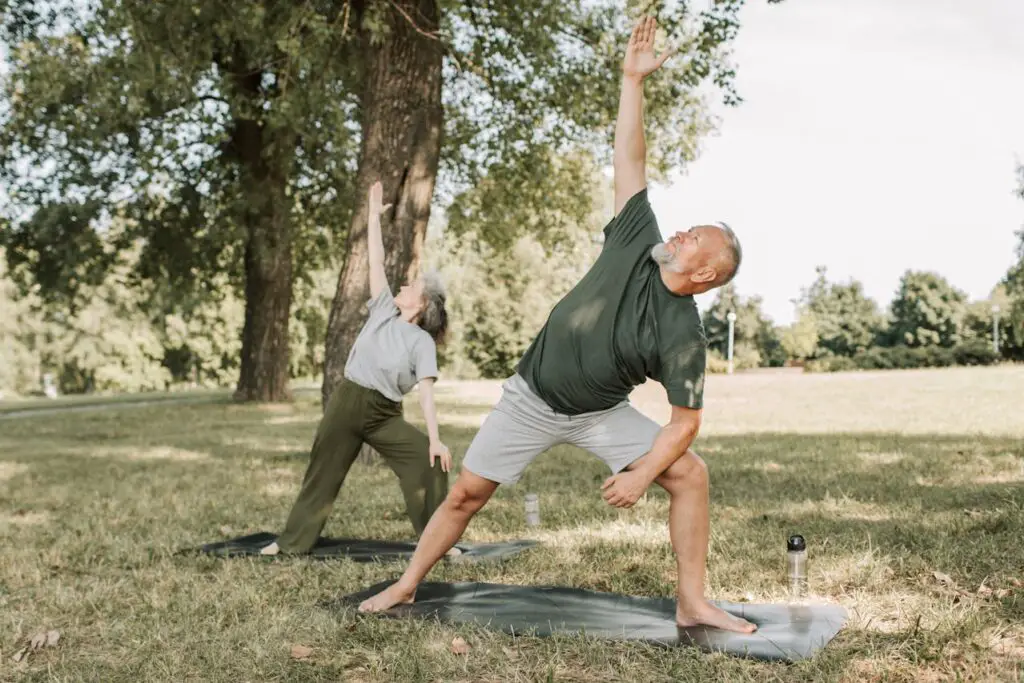
If you wake up feeling like the Tin Man from The Wizard of Oz, a little stretching can help loosen you up. Practices like yoga and tai chi combine gentle movement, balance, and breathing techniques to ease pain while improving flexibility and stability. Many boomers also enjoy the mental relaxation these activities provide.
You do not need to be able to touch your toes to benefit. Plenty of beginner-friendly classes and online videos focus on movements for older adults with joint pain or limited mobility. Start slowly, listen to your body, and remember that even a few minutes a day can make a noticeable difference over time.
4. Mindfulness, Guided Imagery, and Breathwork
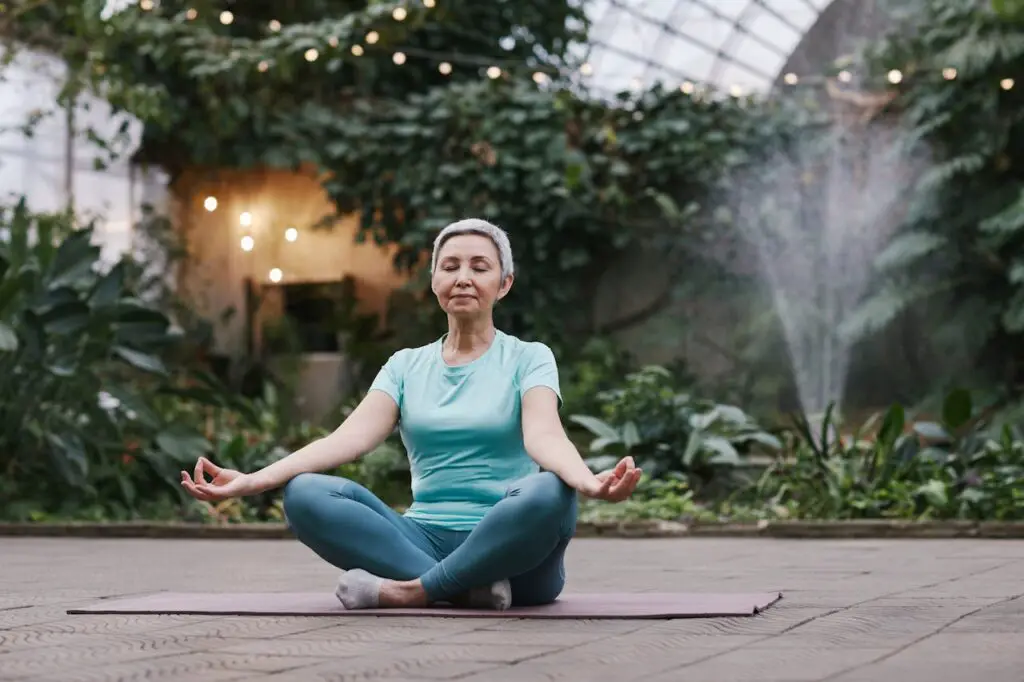
Pain is not just physical—it affects your mind too. Mindfulness and relaxation techniques can help train your brain to respond differently to discomfort. Guided imagery, deep breathing, and practices like cognitive behavioral therapy can all reduce how strongly you feel pain.
For example, try box breathing: inhale for four counts, hold for four counts, exhale for four counts, and pause for four counts. Or imagine yourself on a quiet beach, listening to the waves. These techniques may not erase pain completely, but they can reduce stress and make it easier to manage daily discomfort.
5. Acupuncture and Self-Acupressure
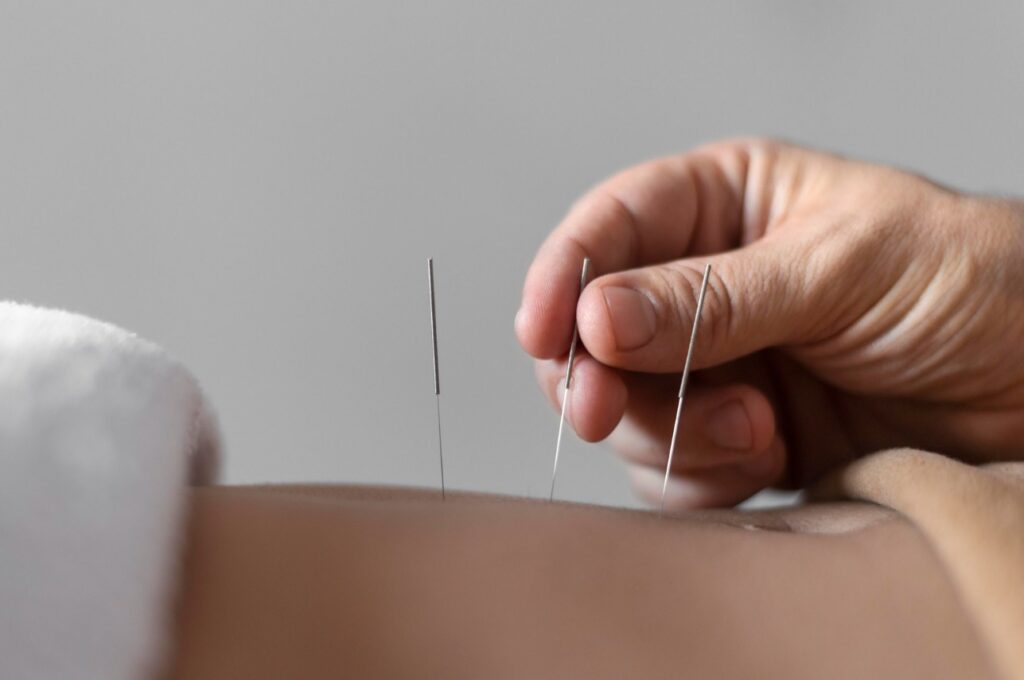
Acupuncture has been used for centuries to relieve pain, and modern research shows it can be effective for arthritis, back pain, and other common conditions. By stimulating certain points in the body, it encourages natural healing and can help release feel-good chemicals like serotonin.
If needles are not your thing, self-acupressure is a gentler option. With guidance from a professional, you can learn to apply gentle pressure to specific points on your body to relieve pain, especially in the knees and back. It is a safe and empowering way to take control of your health at home.
6. Turmeric (Curcumin) and Boswellia Supplements
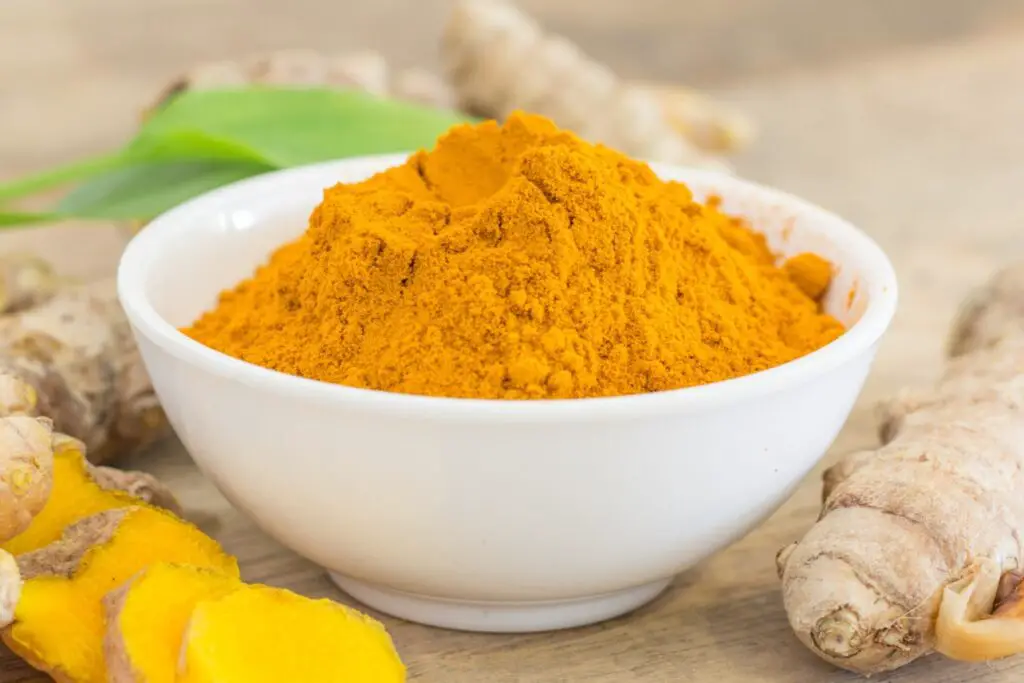
Mother Nature has some powerful remedies in her pantry. Turmeric, known for its active ingredient curcumin, has strong anti-inflammatory properties. Boswellia, sometimes called Indian frankincense, has also been shown to help with joint pain and stiffness. Together, they can be a natural way to manage osteoarthritis discomfort.
Before adding any supplement, check with your doctor, especially if you are on other medications. Look for high-quality products that include black pepper (piperine), which helps your body absorb turmeric more effectively. Many boomers report that taking these daily makes a noticeable difference in their mobility.
7. Herbal Remedies and Essential Oils
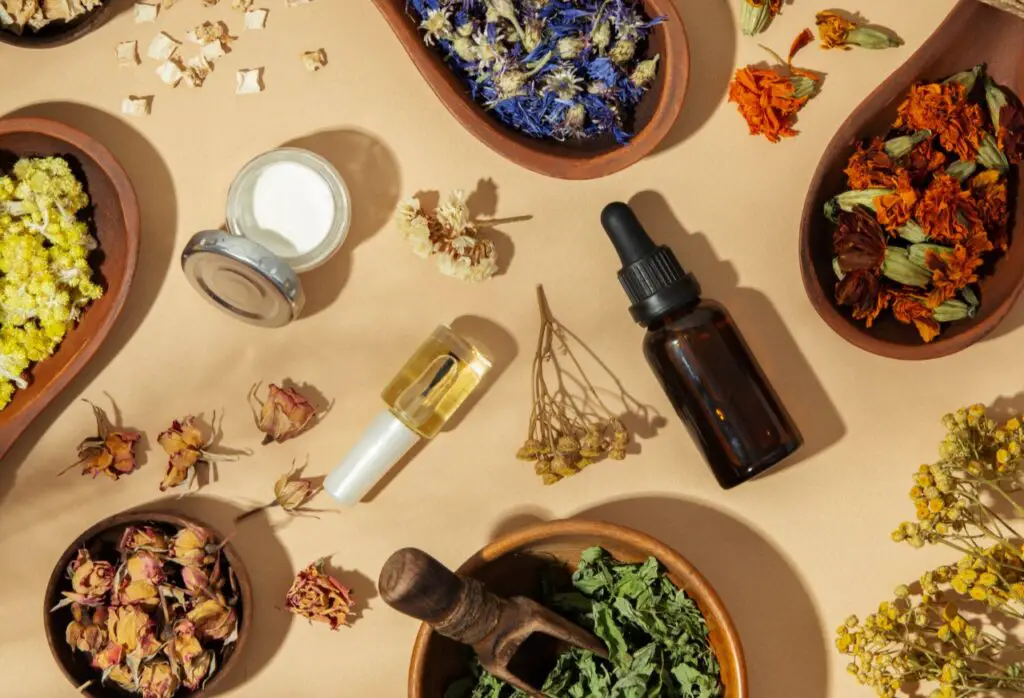
Aromatherapy and herbal remedies are not just trendy—they can offer real relief. Ginger, peppermint, lavender, rosemary, and cloves all contain compounds that may help reduce pain and inflammation. For example, lavender oil has calming effects that can help ease tension headaches and mild muscle pain.
You can use these herbs in teas, capsules, or as diluted essential oils for massage or aromatherapy. Always dilute essential oils with a carrier like coconut or almond oil before applying to the skin, and test a small area first. A few drops in a diffuser can also create a soothing atmosphere while gently reducing discomfort.
8. Epsom Salt Baths and Warm Soaks
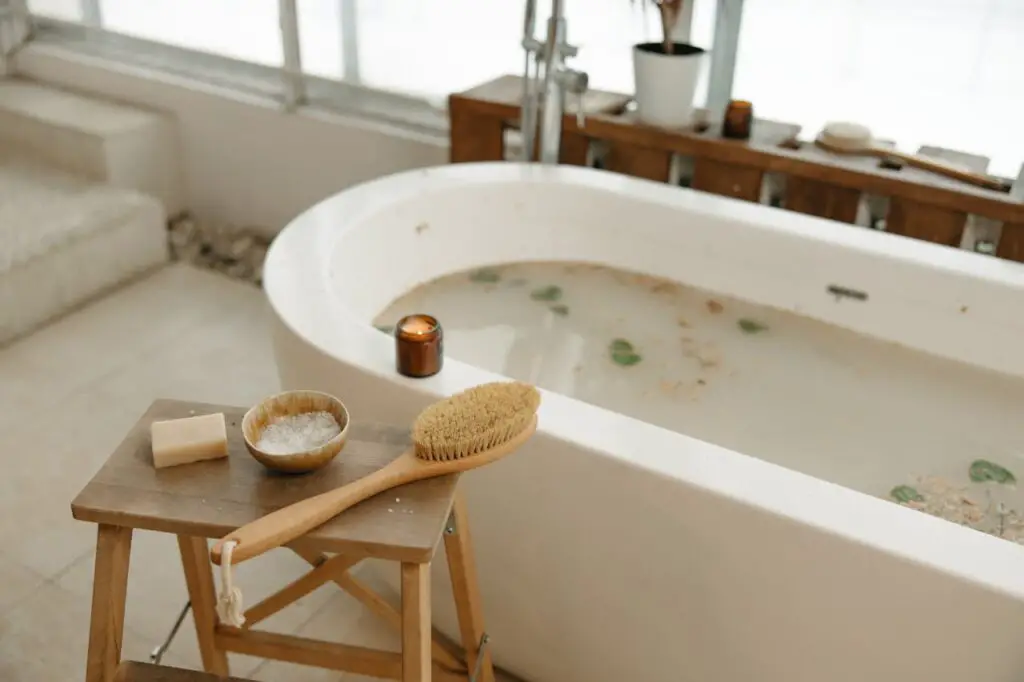
A warm soak in the tub can be both relaxing and therapeutic. Adding Epsom salts to the water introduces magnesium, which may help reduce inflammation and muscle soreness. Even if the science is still catching up, countless people swear by the calming and pain-soothing effects of these baths.
To try it, add one to two cups of Epsom salt to a warm (not hot) bath and soak for 15 to 20 minutes. It is the perfect way to unwind after a long day, especially if you pair it with a good book or soft music. Your muscles will thank you.
9. Self-Massage and Foam Rolling
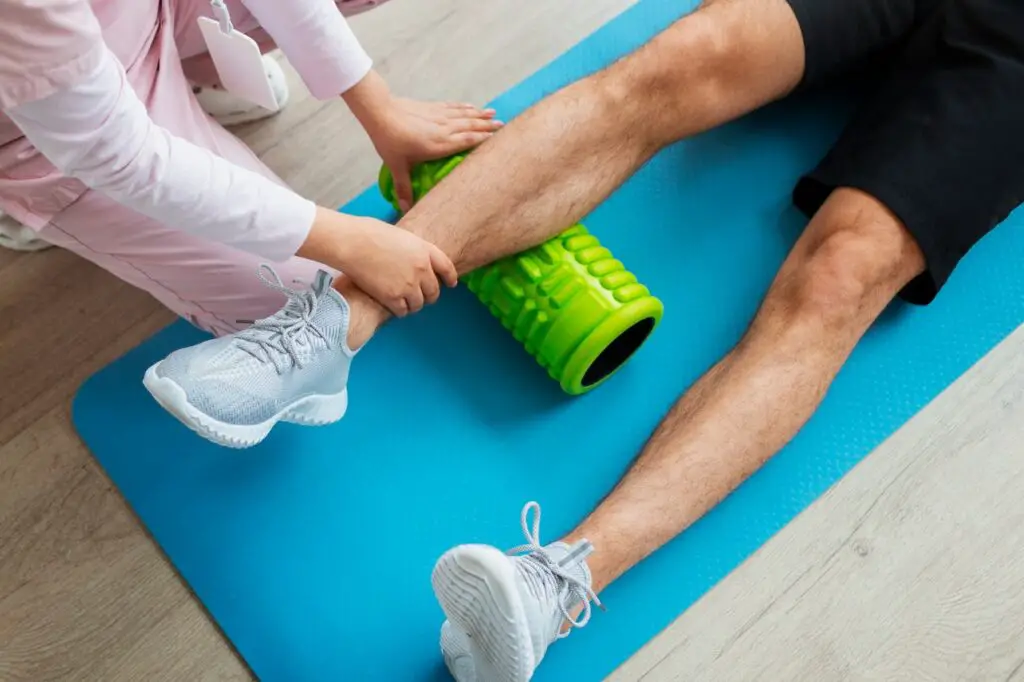
Sometimes, the best hands for the job are your own. Self-massage and foam rolling can help release tight muscles, improve circulation, and ease stiffness. Using a foam roller or even a tennis ball under your back or legs can provide targeted relief without the cost of a massage appointment.
Start slowly and use gentle pressure, especially if you are new to foam rolling. Focus on areas that feel tight, like your calves, thighs, or shoulders, and stop if you feel sharp pain. Just a few minutes can leave you feeling looser and more comfortable.
10. Healthy Diet and Weight Management
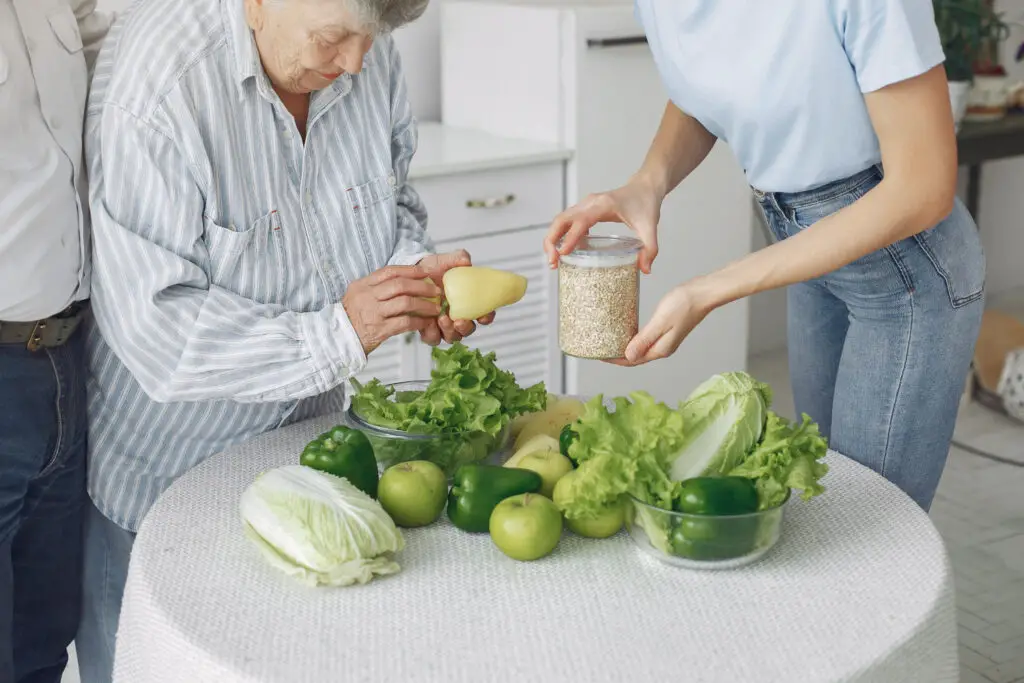
What you eat plays a big role in how you feel. A diet rich in colorful fruits and vegetables, whole grains, lean proteins, and healthy fats can reduce inflammation and support joint health. Maintaining a healthy weight also eases the pressure on your knees, hips, and back, making daily movement less painful.
Even modest weight loss can make a big difference. Research shows that losing just five to ten pounds can significantly reduce the risk of worsening knee arthritis. Think of your diet as fuel for feeling your best—your body will reward you with more energy and less pain.
Final Thoughts
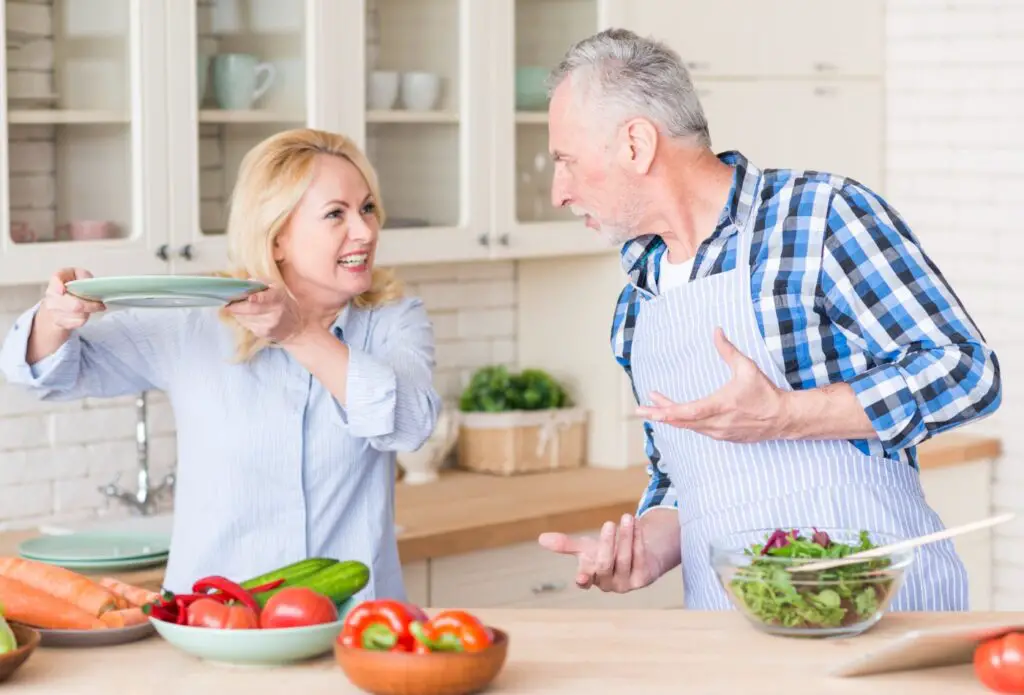
Pain may be a common part of aging, but it does not have to control your life. By incorporating these natural remedies, you can manage discomfort, improve mobility, and continue enjoying the activities you love. Remember, it is not about eliminating every ache—it is about finding safe, sustainable ways to feel better and stay active.
Before trying new supplements or therapies, always check with your doctor, especially if you take medications or have ongoing health conditions. With the right combination of self-care, natural remedies, and professional guidance, you can take charge of your well-being and add more comfort and joy to your golden years.
Leave a Reply